The Apple iPhone XS Max is the American giant’s super-sized flagship device, boasting a 6.5-inch “super retina” OLED HDR display, the latest A12 Bionic chip for processing, wireless charging, and IP68-rated splash, water, and dust resistance.
In terms of rear camera performance, recent iPhones have been either at or about at the top of our database of smartphone camera image quality with each device they’ve released. But with over an estimated million selfies a day now captured on smartphones, front camera performance is becoming almost as critical for manufacturers. So we’re again seeing rapid innovation in this area, with smartphone brands introducing dual lenses and sensors, depth-sensing technologies, computational photographic processing and more to improve the quality of your selfies.
The iPhone XS Max front camera is no stranger to innovation either, as it features Apple’s TrueDepth camera system for theoretically improved depth estimation and bokeh shots, and is one of the first devices to include HDR processing on front-camera video for greater dynamic range in movies. The sensor is a fairly low-resolution 7Mp chip coupled with a fixed-focus 32mm-equivalent, f/2.2 aperture lens. Apple’s Retina flash system provides additional light when required, and the XS Max captures video at 1080p/30fps in default mode.
Our engineers have been busy putting the XS Max’s front camera through a series of industry-standard benchmark tests, and we’re now able to share the scores, results, and analysis in this comprehensive review.
Key front camera specifications:
- 7Mp resolution sensor
- Fixed-focus 32mm-equivalent, f/2.2-aperture lens
- Retina flash
- Smart HDR
- Portrait mode with bokeh and depth control
- 1080p at 60fps video (1080p at 30fps in default mode)
About DxOMark Selfie tests: For scoring and analysis in our smartphone front camera reviews, DxOMark engineers capture and evaluate over 1500 test images and more than 2 hours of video both in controlled lab environments and in natural indoor and outdoor scenes, using the camera’s default settings. This article is designed to highlight the most important results of our testing. For more information about the DxOMark Selfie test protocol, click here.
Test summary


Achieving a DxOMark front camera score of 82, the Apple iPhone XS Max puts in a solid performance for both still and moving images during our tests, and is a nice improvement over its predecessor, the iPhone X. For still photos, the device boasts some great strengths for selfie shooters, including excellent HDR, bokeh shots, and detail at close range, which are among the best results we’ve observed for front cameras. There are some areas in which Apple can continue to improve for stills, however, with noise visible in all lighting conditions; and white balance and skin rendering issues, especially in indoor images and occasionally outdoors, too, where color casts and low-contrast faces can look unnatural.
With face exposure critical in our selfie testing, the iPhone XS Max captured good target exposures in most lighting conditions in the lab, and on the whole, faces looked great in our natural test scene analysis of outdoor and indoor shots. If you shoot a lot in high-contrast outdoor scenes, the XS Max’s excellent HDR processing, combined with nicely-exposed faces, can produce some excellent results. On the downside, tone compression issues occasionally lead to unnatural skin color rendering, and shots can be dark in very dim lighting conditions, but otherwise exposure is very good.
Bokeh on selfies capture in Portrait mode is also a key strength for the iPhone XS Max. A strong blur in the background really makes portraits stand out, and depth estimation is very good, with accurate subject masking that avoids any obvious errors around complex areas like hands and hair.
The fixed-focus lens also ensures that faces are sharp at the most common close and medium shooting distances for selfies, and in outdoor images, detail is high in these shots. A key area for further development is detail, which is good outdoors, but fairly low indoors and in low light; another area is noise, which is more visible in all of the iPhone XS Max’s images than we’ve come to expect for flagship devices.
Shooting video, strengths and weaknesses are broadly similar. The inclusion of video HDR isn’t common on front cameras as yet, but Apple has managed to implement a fairly effective system on the XS Max. It’s not perfect, with some inconsistencies when the camera is moving or when there are lighting changes, but in bright conditions, exposure on faces and highlights are better than on many devices we’ve tested to date. Detail on faces at close range is again good, and the stabilization system is an improvement over that of its predecessor, the iPhone X, doing an effective job of eliminating serious wobbles and judders in videos captured with walking or panning movement. Indoor and low-light videos can be underexposed, but are generally acceptable. Once again, a key area for improvement is noise, which is visible in all conditions, including noticeable chromatic noise in dimly-lit movies.
Photo scores explained
The Apple iPhone XS Max front camera achieves an overall DxOMark Photo score of 81, which is calculated from its scores in tests that examine different aspects of its performance under different lighting conditions. In this section we’ll take a closer look at these image quality sub-scores, analyzing some aspects of the XS Max’s performance versus the key competition from Samsung and Google.

Exposure and Contrast
Apple iPhone XS Max
73
91
A good overall score for exposure. Although it’s not quite as good as the best devices we’ve tested, it has some nice strengths. Target exposures are good on faces in bright light and in outdoor conditions, but are a little low under indoor and low-light conditions.
Lab analysis identified nice brightness at 20 lux, with usable results at 5 lux; but in extreme low light (1 lux), images are too dark to be exploitable. In natural test scenes, face exposure was generally pleasant under nice indoor lighting, but faces and photos generally are underexposed in very low light. Under good indoor lighting conditions, the overall exposure is broadly the same between the XS Max, the Note 9, and the Pixel 2; and although face exposure is lower on the XS Max, it’s still very acceptable.
Apple’s has included its “Smart” HDR processing on the XS Max’s front camera, and the rendering is among the best we’ve tested to date, so you can generally expect nice highlights and shadows in high-contrast scenes. In the first example, you can see that the Apple device captures lots of highlight detail, including nice color gradations in the sky, all while maintaining detail around the subject’s neck. It’s not quite as good as the comparable Note 9 example, which maintains slightly better highlights in the brightest parts of the sky, but face exposure is better on the XS Max compared to both the Note 9 and the Pixel 2.
In our more challenging under-the-bridge HDR scene, the XS Max totally overexposes the brightest sky detail; however, its HDR processing retains detail in the building while exposing the face and shadows under the bridge pretty nicely. So it’s a very decent shot for such tough conditions, with results again on par with the Note 9.
Low target exposures indoors and in low light, as well as low contrast on faces are also drawbacks in some outdoor scenes. It doesn’t always happen, but several outdoor images displayed low contrast and unusual face rendering that didn’t look very natural. Both of these issues resulted in a loss of points for exposure.

Color
Apple iPhone XS Max
67
105
An acceptable score overall for color, but there are some strengths and weaknesses. Outdoor color rendering is generally vivid and pleasant, with accurate white balance and good skin tone rendering. In this example, the XS Max captures skin tones very accurately, although the Note 9 and the Pixel 2 achieve a nicer blue sky.
The XS Max is capable of maintaining accurate color rendering and skin tones when there’s a predominant color in the scene, as the two examples below illustrate.
However, there’s a specific color rendering issue in some HDR and backlit scenes in which white balance can be warm, with oversaturated skin tones leading to unnatural face color rendering. But this is a challenging backlit scene, and you can see that neither the Note 9 or Pixel 2 handle it perfectly either.
The XS Max also lost points in the color category for inaccurate white balance in some indoor and low-light scenes in which skin tones are slightly greenish. You can see below that the Note 9 achieves a better white balance for more accurate skin tone rendering than the XS Max in the portrait shot in front of the backlit window. Color shading is also visible in all images, but particularly in those shot in low light and under indoor lighting conditions, which you can see in the 100 lux example.

Focus
Apple iPhone XS Max
68
97
Another solid result here, with the XS Max’s capturing faces at close (30cm) and medium (55cm) range in good focus, with high acutance of around 70% ensuring that facial details are well-defined. Sharpness does decrease at longer range, so faces that drop farther back in a group portrait, and especially far-off backgrounds, are a little blurry.
Faces captured at close (30cm) distance are in sharp focus on the XS Max, with detail at medium (55cm) range very acceptable, too.
Depth of field for the XS Max is actually a little better than for many fixed-focus devices we’ve tested, thanks to the slightly narrower f/2.2-aperture lens it uses. This helps it avoid irregularities that can occur with autofocus, allows it to deliver sharp images for the most commonly-used focus distances for selfies, and makes for a not bad depth of field. For long-range (120cm) portraits, it isn’t as good as autofocus devices such as the Note 9 can be.
Texture (54) and Noise (52)
Texture preservation isn’t a particularly strong aspect of the XS Max, which drops it down in our rankings somewhat. Detail is high in bright conditions, with acutance of around 60% in both static scenes and in those containing some subject motion, but detail tails off noticeably under indoor conditions, and particularly in low light under 20 lux.
Here we include a Pixel 3 analysis, as we have comparable shots for it under similar lighting conditions. This is an interesting comparison for evaluating the XS Max’s detail-versus-noise relationship alongside the very good noise behavior of the Note 9 and the excellent detail preservation of the Pixel 3. Tested in the lab under bright outdoor lighting conditions (1000 lux), the XS Max doesn’t preserve fine facial details as well as Google’s latest flagship smartphone; and although detail is slightly better than that for the comparable Note 9, there’s significantly less noise in the Samsung image.
Under indoor lighting, a fair amount of noise starts to build up in XS Max images. Fine detail starts to disappear, but overall texture in the face is acceptable for such conditions. Significantly more noise is visible on the Pixel 3, but very fine details such as the rim of the glass and pupil of the eye are much better defined. Samsung has opted to tip the balance the other way, and the Note 9’s aggressive denoising produces significant smoothness in flat areas such as the forehead, but it comes at the expense of detail, with slightly softer results than the XS Max.
In very low-light conditions of just 10 lux, noise on the XS Max is broadly similar to that on the Pixel 3, but the Google device continues to display much better detail preservation, although of course very fine details are lost in such challenging conditions. The Note 9 again offers the smoothest results for noise, as well as good face definition in very low-light captures.
Noise is another relatively weak area for the XS Max’s front camera, and the results have gotten slightly worse since the iPhone X. While the compromise between detail and noise is generally acceptable in outdoor conditions, luminance noise is visible on faces in many outdoor images. There’s more luminance noise visible in indoor images, too, and although results remain acceptable, things deteriorate further in low light, where the amount of visual noise increases significantly.
In our perceptual analysis of some outdoor scenes, we observed that the amount of noise on the face is noticeably high compared to some competitors’ renderings.
We deduct points for noticeable artifacts, or obvious image quality flaws. The main penalties we applied to the XS Max were for color quantization, ghosting, and ringing, with color fringing, hue shift, and differences in sharpness across the frame also visible in some images. Strong ghosting and ringing is often visible along edges in high-contrast scenes, which can give both the edge of a selfie and the details in the background an odd appearance.
A hue shift close to saturation often occurs in bright outdoor images, with color fringing also visible in some HDR shots; moreover, there’s a fairly noticeable difference in sharpness between the center and the edges of the frame in all images.

Flash
Apple iPhone XS Max
67
93
Apple’s “Retina” flash has improved on the XS Max compared to the iPhone X, but it still remains far from the best flash solutions we’ve tested. Scores are similar across flash-only and mixed-lighting shots, with the XS Max providing nice exposures in both conditions.
As you’d expect, there’s heavier vignetting in the flash-only shots, and there’s a rather coarse-grained type of noise visible in those darker corners. Results in the center are better, though, and although some luminance noise is visible on faces, detail is also pretty good. White balance is reasonably accurate for the skin tones, but there’s a slight greenish rendering to the background, along with some visible color quantization.
When mixing flash with 5 lux tungsten lighting, exposure and white balance remain good, and results are very consistent over consecutive shots. Vignetting is improved and detail is again acceptable, but there’s a strong luminance noise visible in the faces, along with some color shading.

Bokeh
Apple iPhone XS Max
65
75
Bokeh is one of the strongest aspects of the XS Max’s performance, with Apple’s TrueDepth front camera technology providing a big incentive for selfie enthusiasts looking for effectively blurred backgrounds. Using a similarly-structured light sensor that was originally developed for Microsoft’s Kinect gaming sensor, the system uses rays of infrared light for depth sensing, which map both the portrait and background. It’s effective on the XS Max, and while still not perfect, with some blurring around the edges of the subject evident, it avoids significant artifacts. So it deals well with such complex areas as a spanned hand or wispy hair, although competitors such as the Note 9 also have an effective solution and do a slightly better job.
The blur gradient quality is an improvement over many devices we’ve tested so far, with a more realistic optical effect applied to backgrounds that drop farther into the distance. There’s a very nice circular shape to the spectral highlights, too, which is one of the XS Max’s key strengths for bokeh. Images also display a fairly strong blur effect, which is pleasant; noise uniformity is good across both sharp and blurred areas; and results are consistent over consecutive images, so you get a similar effect each time.
Video scores explained
The iPhone XS Max’s front camera achieves a good DxOMark video score of 82 points, making Apple’s flagship smartphone a solid choice for photographers after high-quality stills and moving images from the front camera. We calculate the overall video score using the following video sub-scores: Exposure (73), Color (55), Focus (80), Texture (57), Noise (66), Artifacts (89), and Stabilization (76).
The device’s key strength for video is exposure, with the XS Max the top performer in our database in this regard. Artifacts are also well-controlled, and Apple has improved the stabilization system over the iPhone X’s, making it close to the best that we’ve observed on front cameras. Tested in the lab under controlled conditions, video target exposures are excellent under indoor and outdoor lighting, and very good in low light down to 20 lux. Measurements in extreme low light of 5 and 1 lux affected the video score a little, but in our perceptual analysis of low-light video, exposure is acceptable, and movies are usually usable, albeit with slightly low target exposure.
HDR video processing remains fairly rare on front cameras, so it’s nice to start seeing it implemented on flagship devices like the XS Max. Although it can still be improved further, it’s pretty effective, and ensures good exposure on faces in very bright outdoor videos, with good saturation in skies and more highlight preservation than we often see. Compared with the sample from the Note 9, the XS Max video preserves more detail in the face, hat, and sky; and overall, the exposure is nicer with richer color. Although the very brightest highlights on the face are clipped, it’s a slight improvement on the Note 9.
Color rendering is best outdoors, where hues pack the most punch, and although videos are slightly less saturated indoors, and especially in low light, overall color is good. White balance is again good outdoors, and despite some inconsistencies in indoor and low-light captures, the XS Max does a pretty good job for video color overall.
The improved stabilization over the iPhone X is close to the best we’ve seen, handling unwanted movement in walking and panning videos pretty well. It’s not perfect, with some undesirable motion remaining, but it’s nonetheless a bit better than the Note 9’s system. The XS Max manages video artifacts very well. We applied only small penalties because of the XS Max’s low frame rate when shooting low-light video, and for some slight color quantization and anamorphosis effects (but they’re not overly problematic).
As with stills, video focus is good at close (30cm) and medium (55cm) range, with the fixed-focus lens ensuring consistent results in all lighting conditions, and avoiding the focus hunting that can seriously disrupt the viewing experience. Depth of field in videos isn’t too bad either, and although faces that are farther back in a group video, and backgrounds generally, are a little blurry, the results are acceptable, especially when viewing movies on the device’s display.
Texture and noise remain opportunities for development for the XS Max video mode: measurements for texture are quite low in both indoor and low-light videos, with detail dropping down to around 30% acutance. Noise is visible in all movies files, and although it’s reasonably well-controlled in bright outdoor videos, visual noise and temporal chromaticity start to rise as light levels drop. So expect to see some chromatic noise in indoor and low-light videos.
Conclusion
For iPhone enthusiasts wedded to the iOS ecosystem, it’s important that Apple stays on top of its game for photography. It has by and large done that with its rear cameras, and iPhone devices always rank high in our database of smartphone image quality. Now that more and more smartphone images are selfies, however, manufacturers are aware they need to continue developing front cameras to keep consumers loyal.
The front camera on Apple iPhone XS Max is a solid performer, capable of excellent results for both stills and video. It has some good strengths in both areas, and for stills, the XS Max offers some of the best HDR processing, depth estimation on bokeh shots, and detail on close-range outdoor selfies that we’ve observed to date. The video potential has improved, too, with the inclusion of HDR ensuring good exposure with nice color in bright light; and the stabilization system is better than on the iPhone X, providing smooth results for walking and panning videos.
There are some notable areas of opportunity for Apple to continue developing, however, which reduced the XS Max’s overall score a little. Noise is visible in all images, and particularly in lower light; and some unusual skin rendering, with low-contrast faces and occasional color casts, can make selfies look unnatural.
But all things considered, it’s a very good performer. If you’re looking to upgrade, or perhaps jump on the Apple express for the first time, and the quality of your smartphone selfies is important to you, you won’t go wrong with the iPhone XS Max.
Photo Pros
- Accurate depth estimation on bokeh shots
- Effective HDR processing
- Good detail on faces at close range outdoors
- Few serious artifacts
Video Pros
- Effective HDR processing
- Improved stabilization
- Good detail on faces at close range outdoors
- Few serious artifacts
Photo Cons
- White balance and skin rendering indoors
- Visible noise in all conditions
Video Cons
- Underexposure in low light
- White balance instabilities indoors and in low light


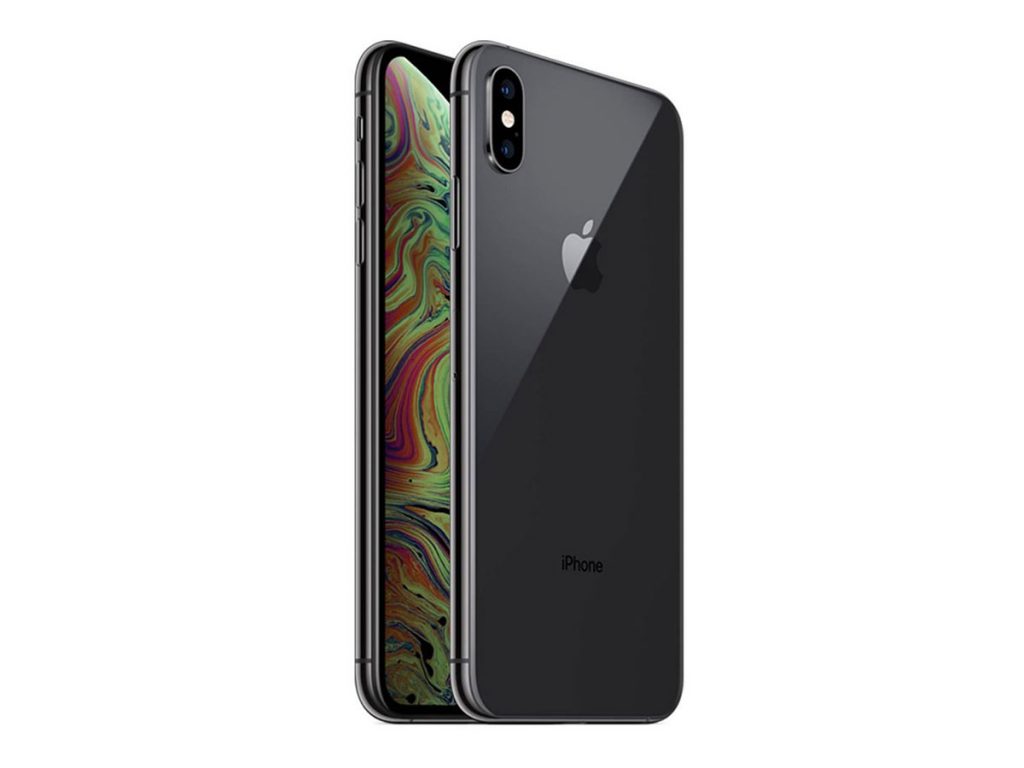




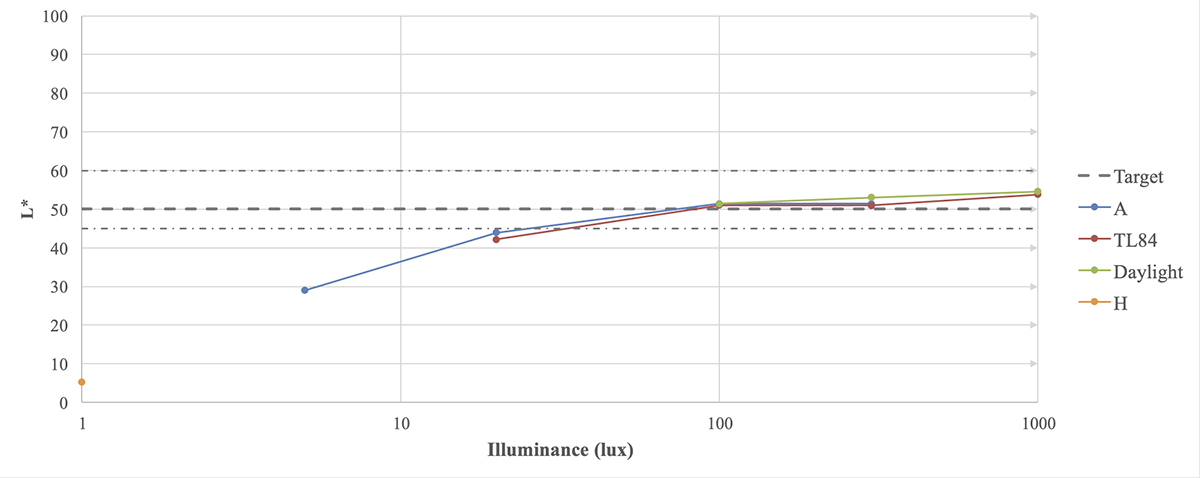






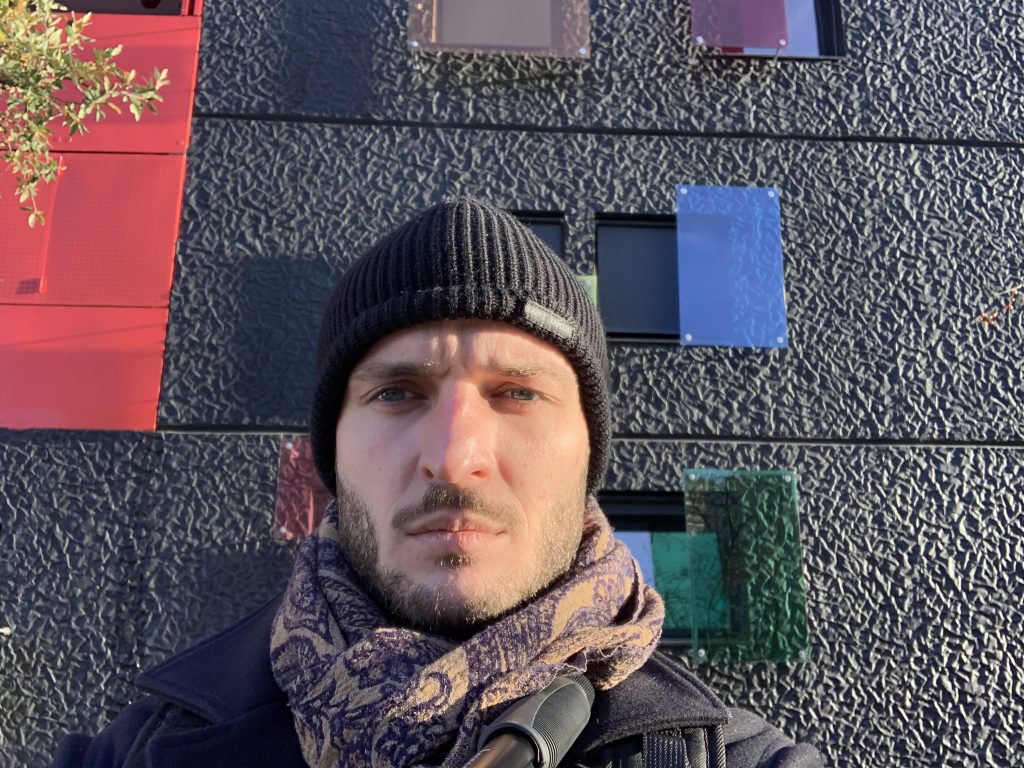

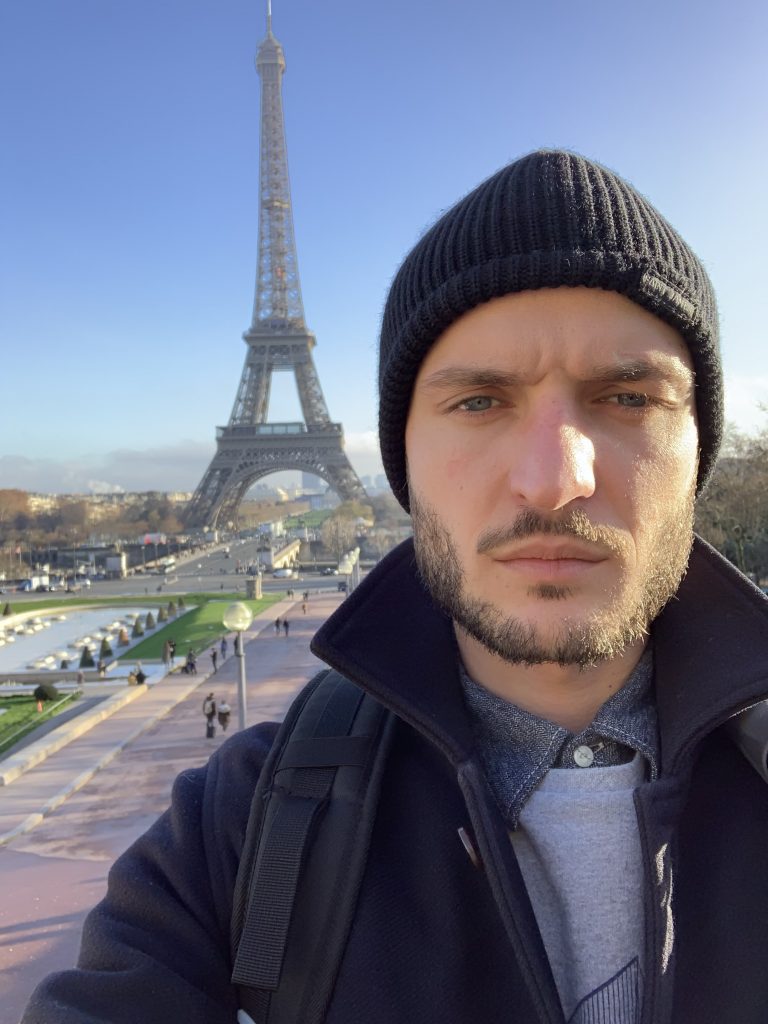

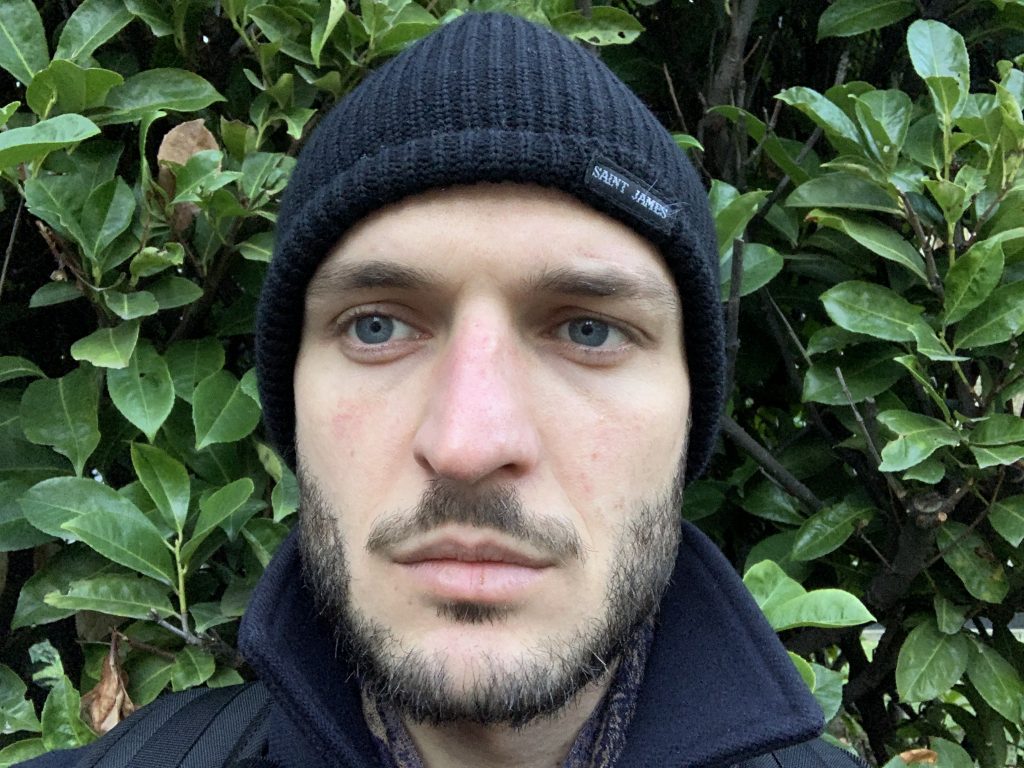

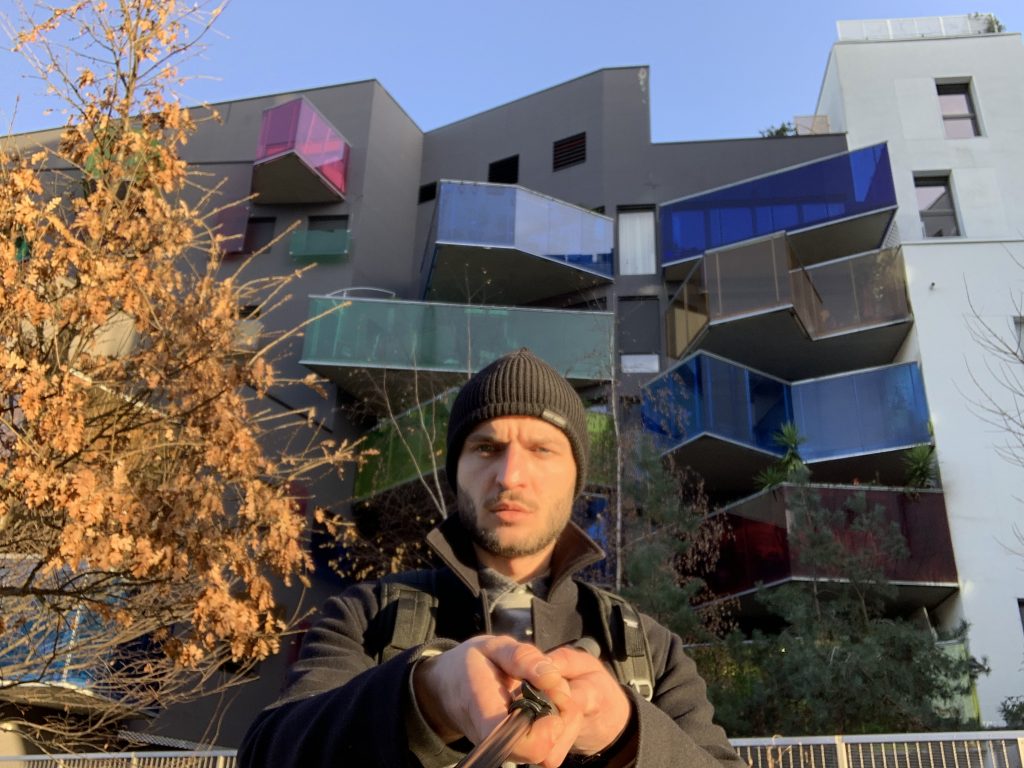
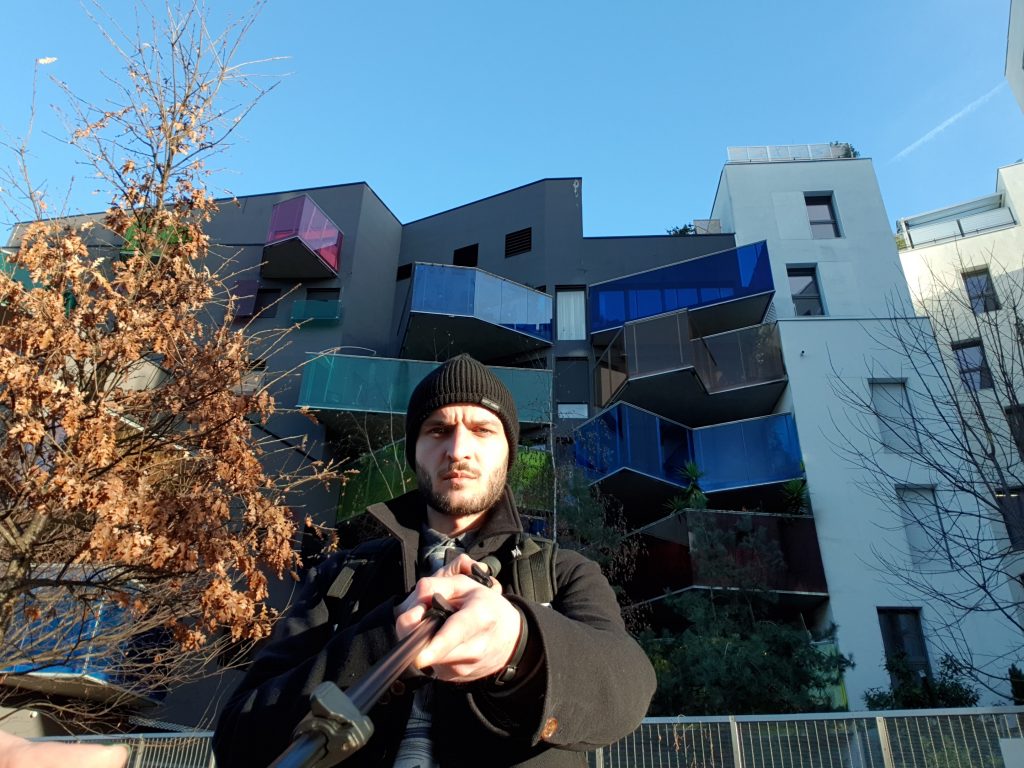
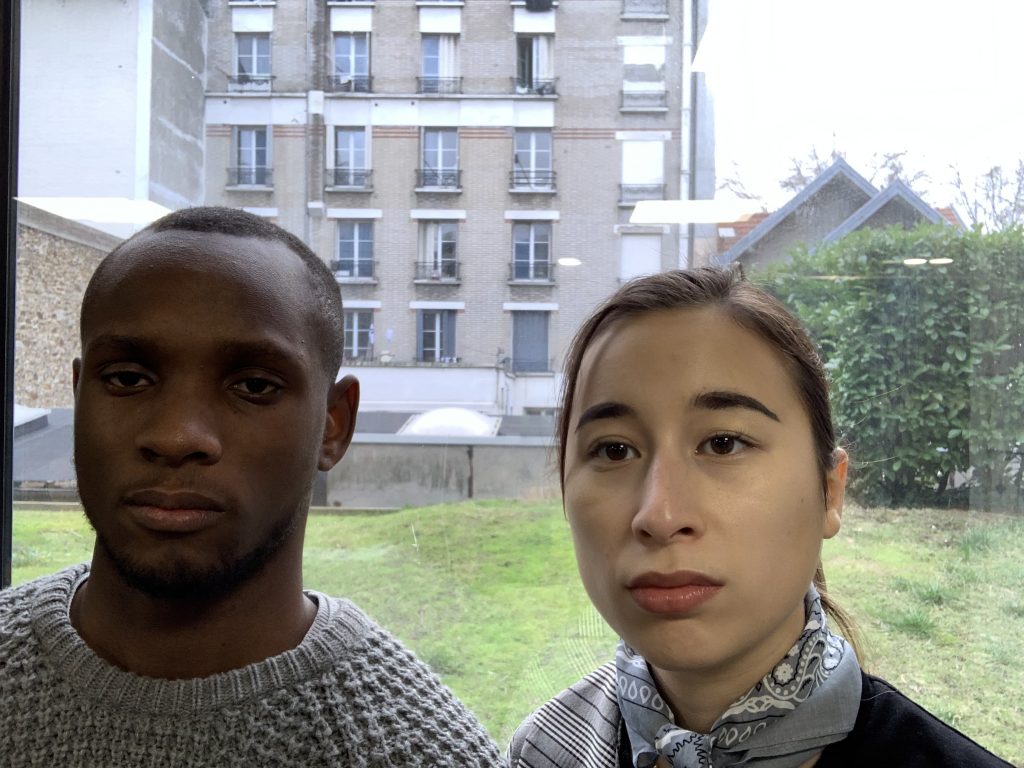
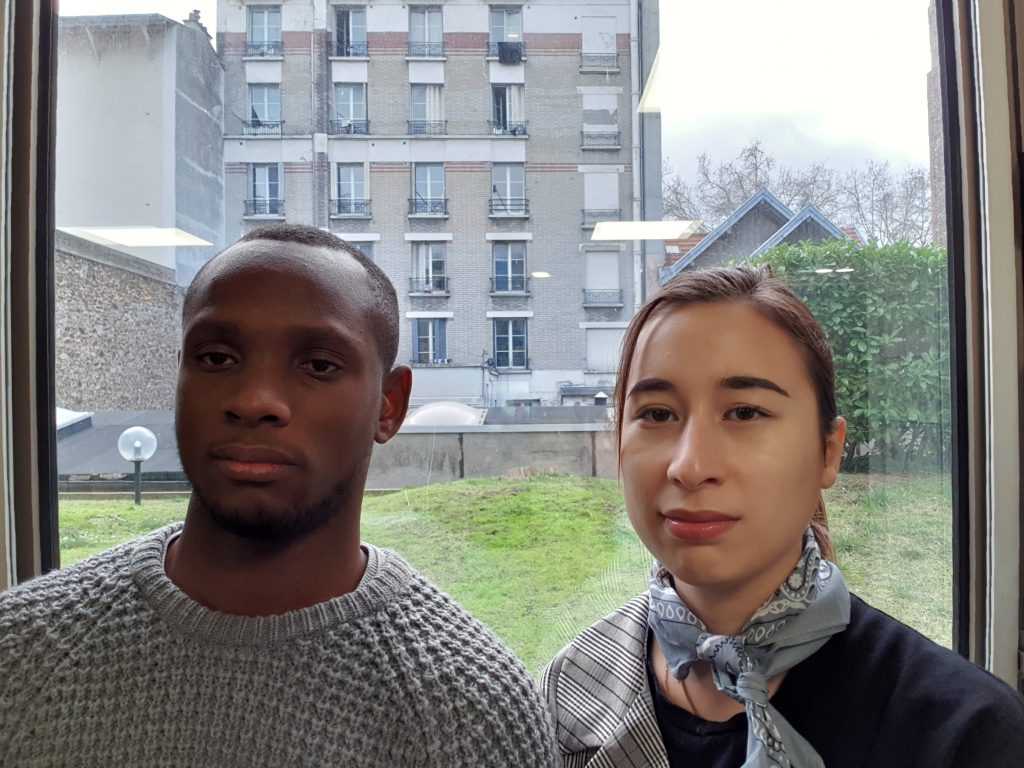
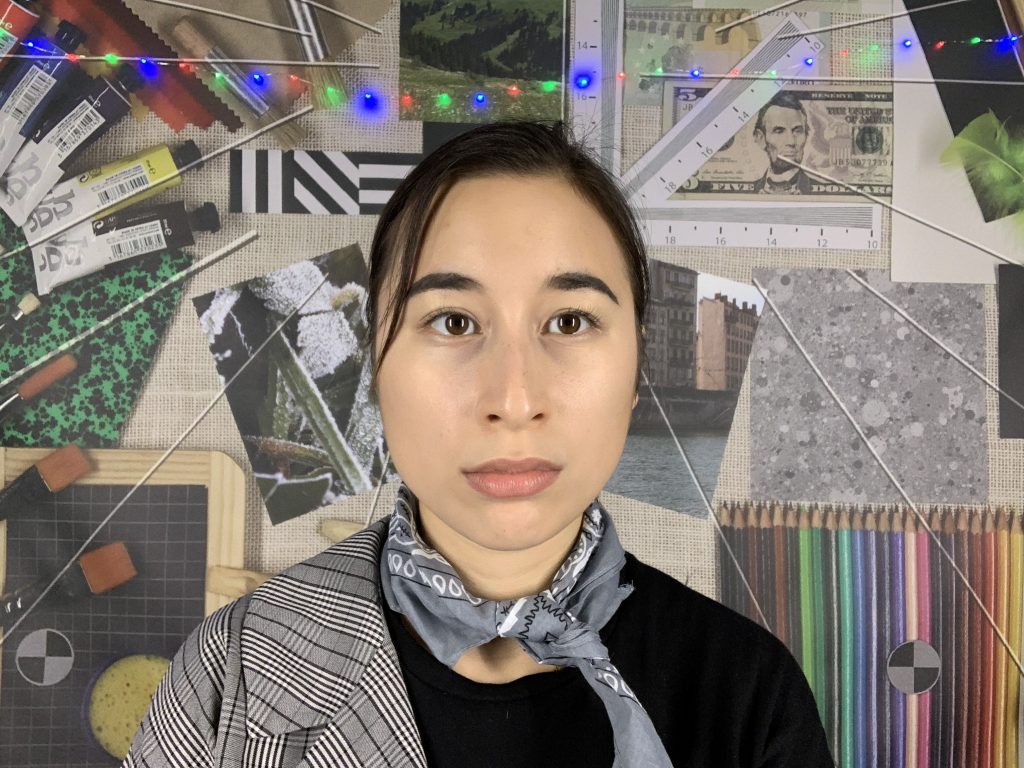
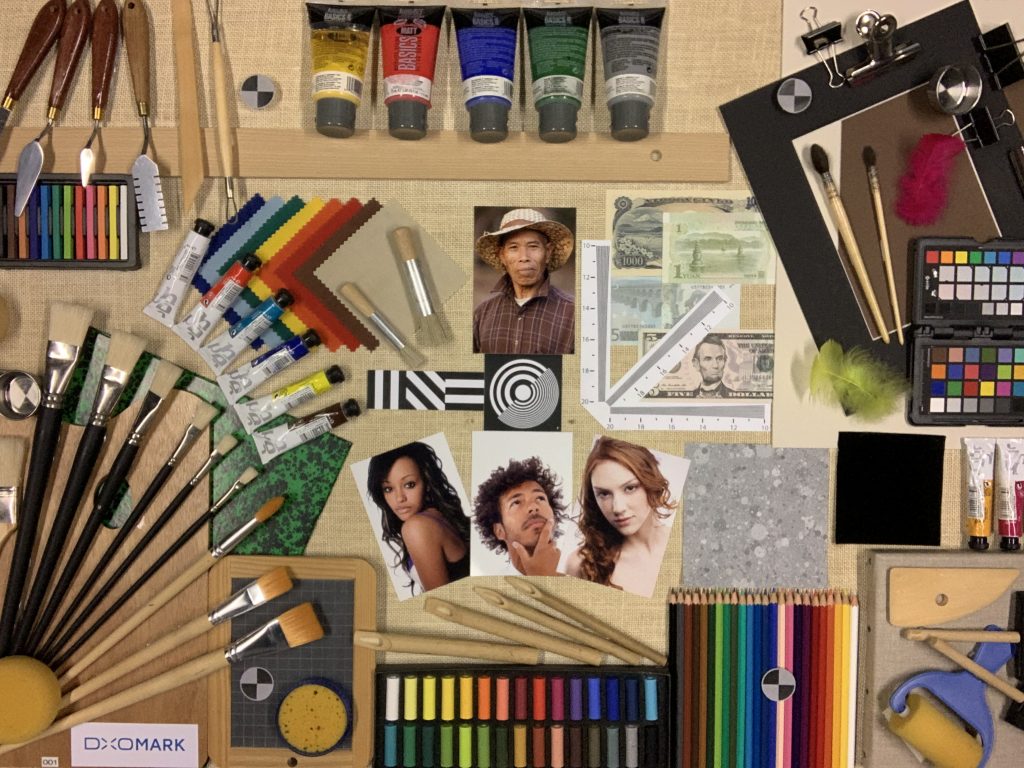
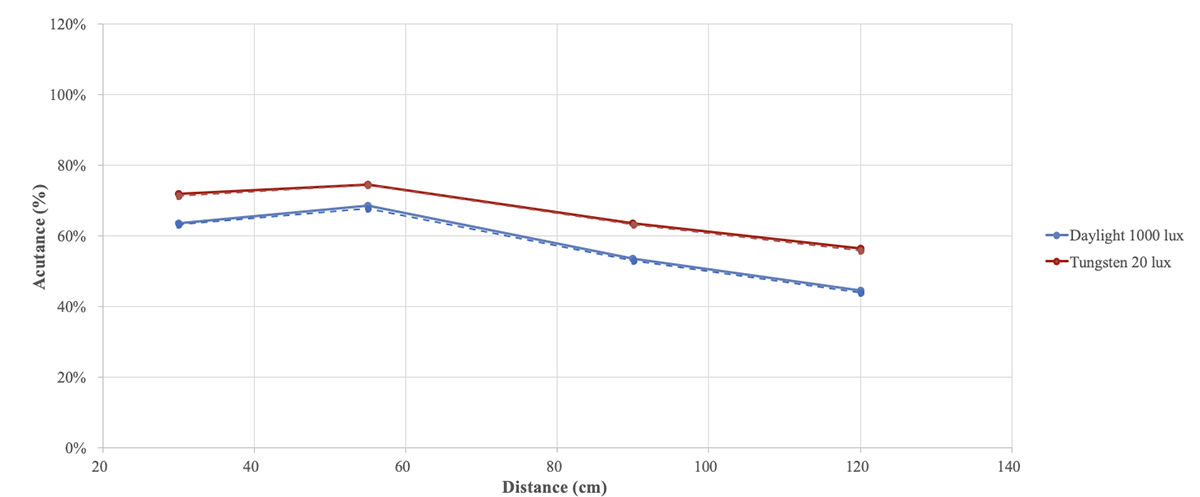

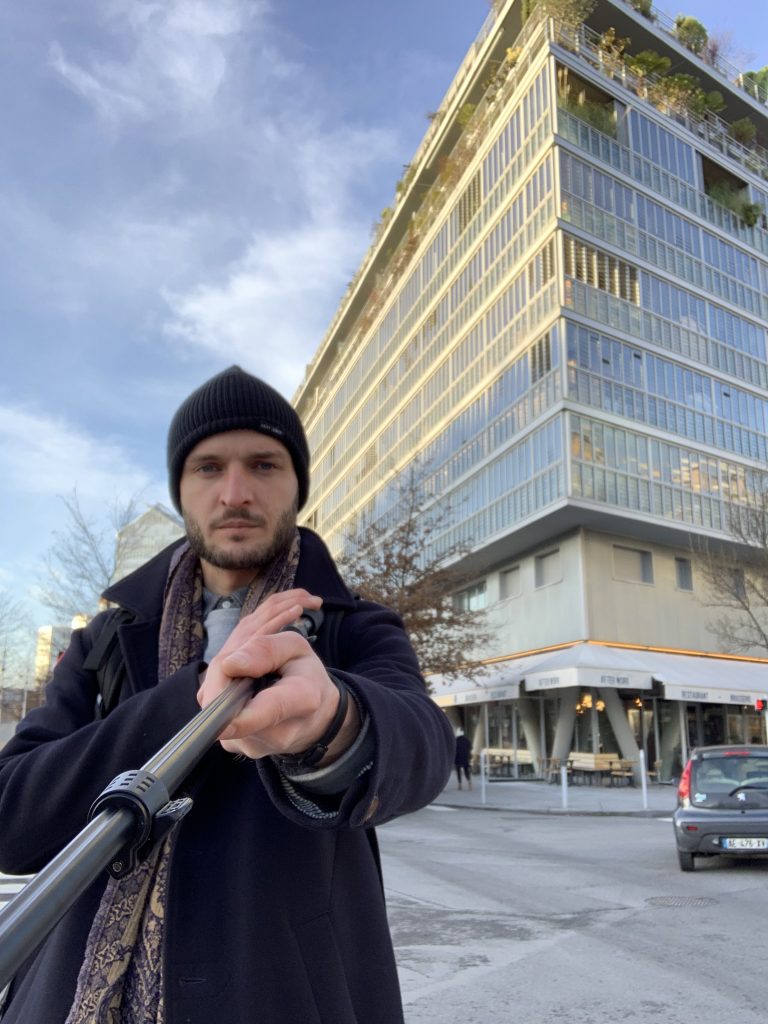

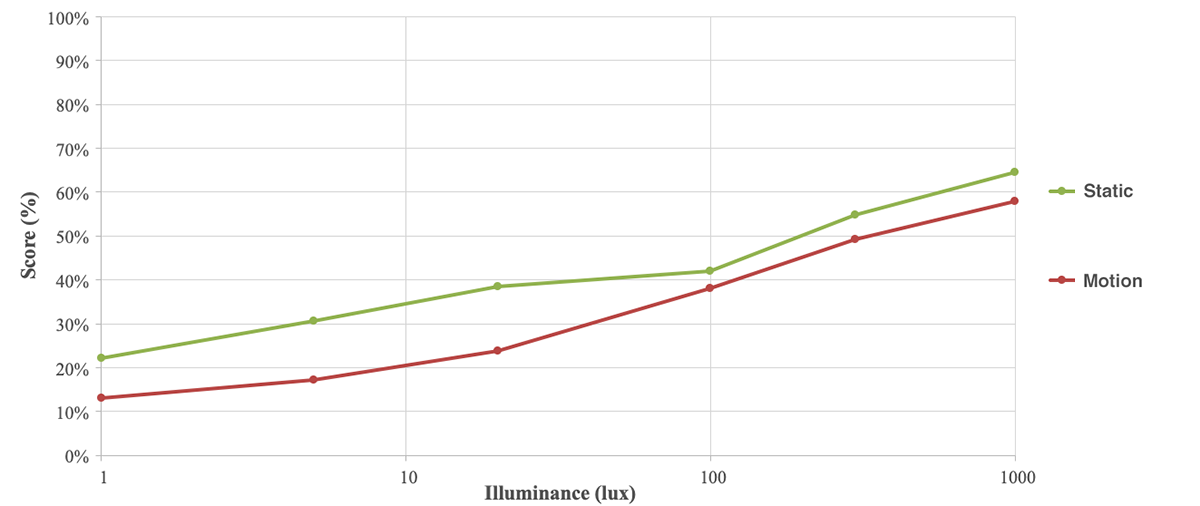
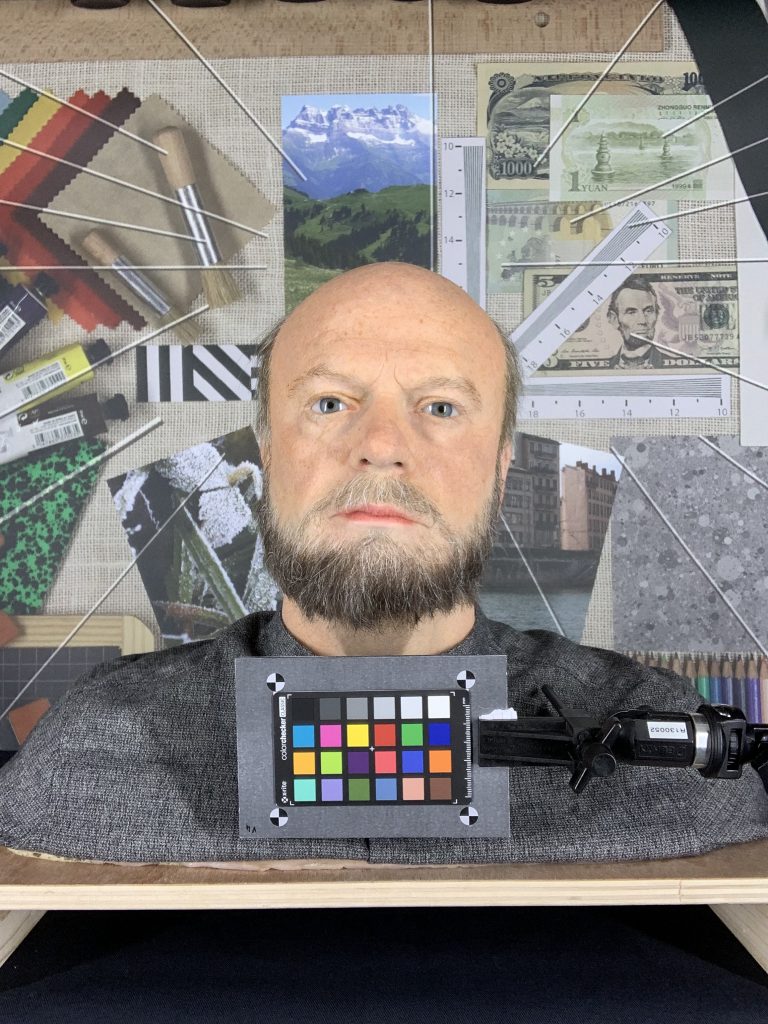
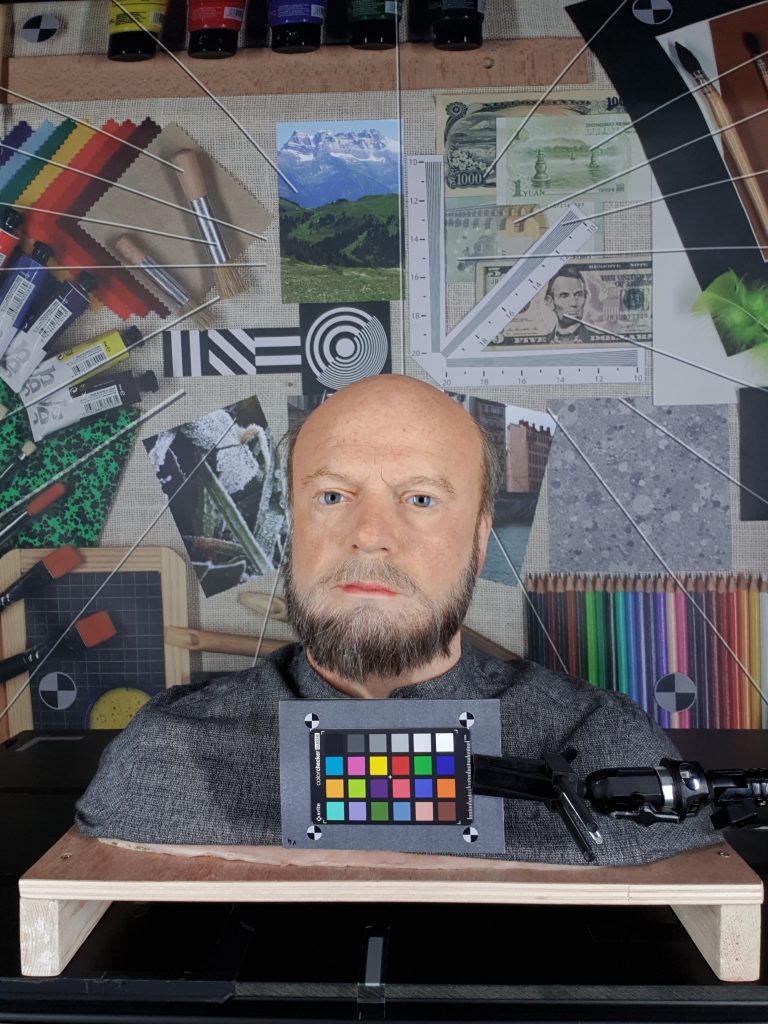


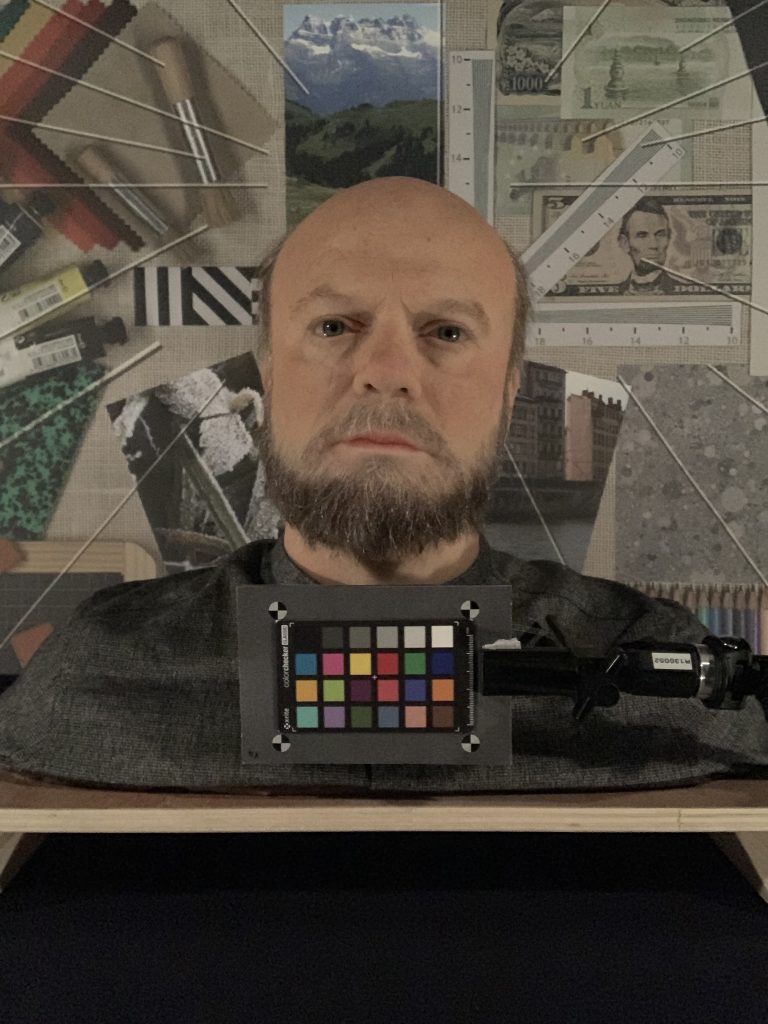
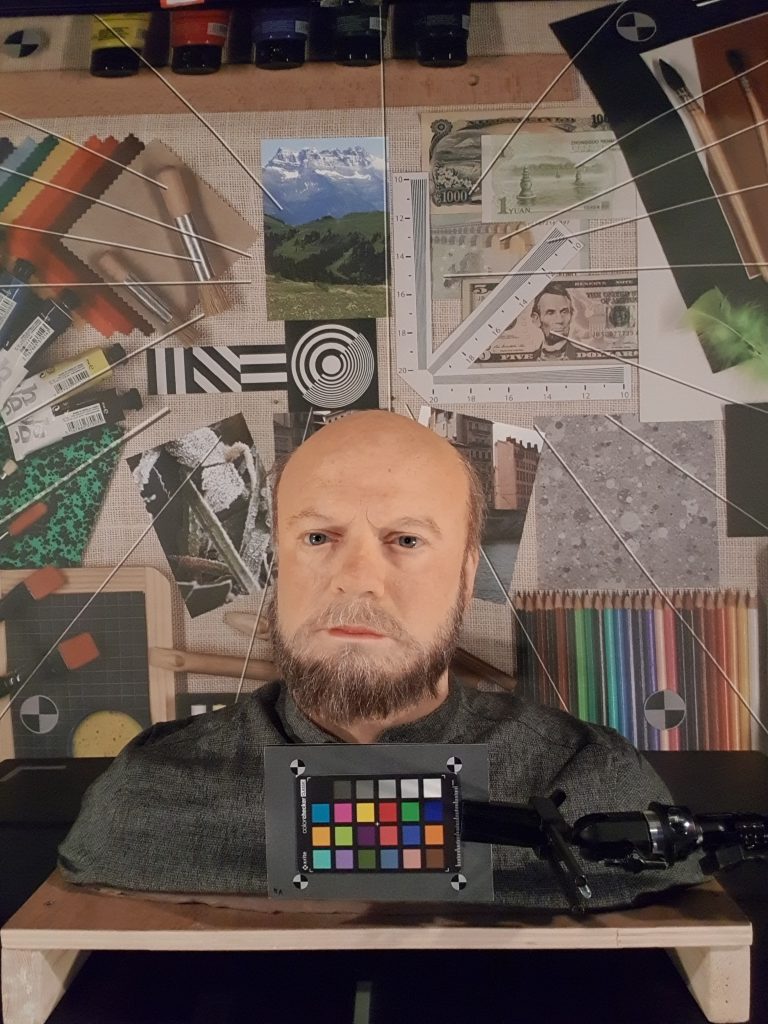
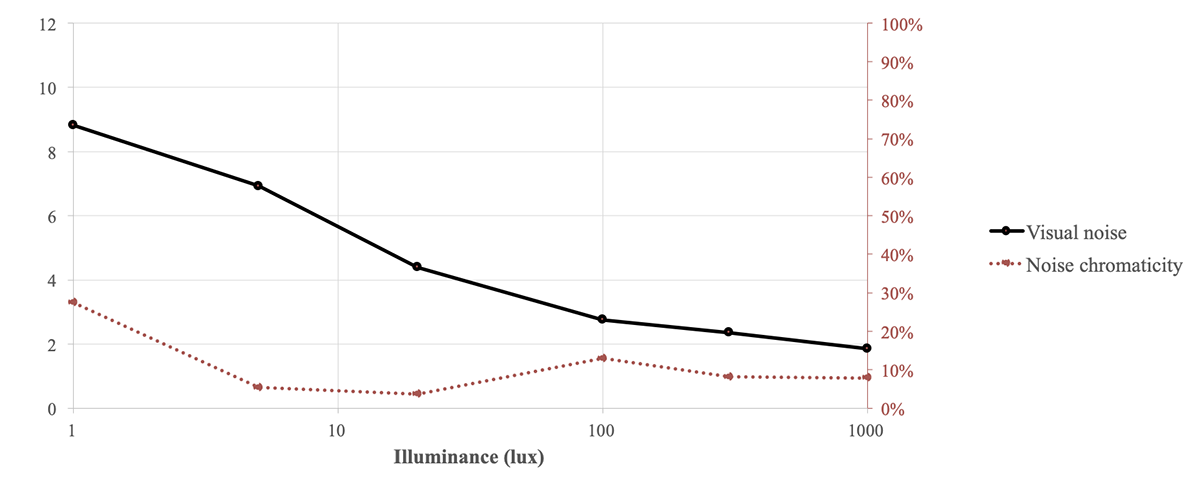



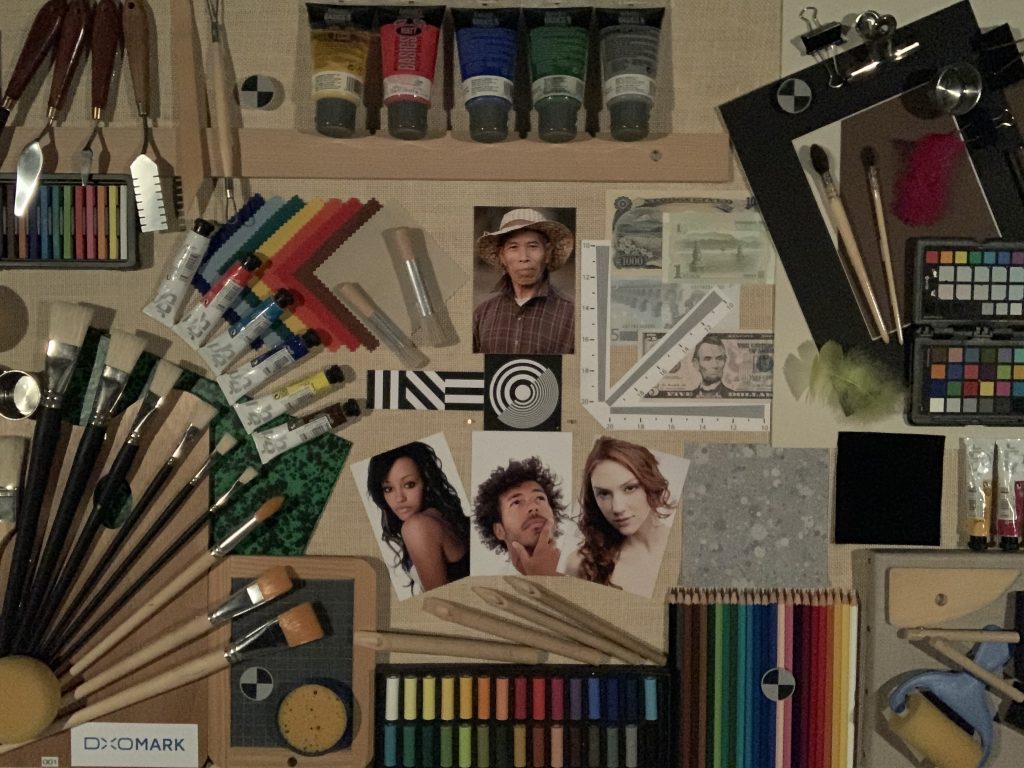
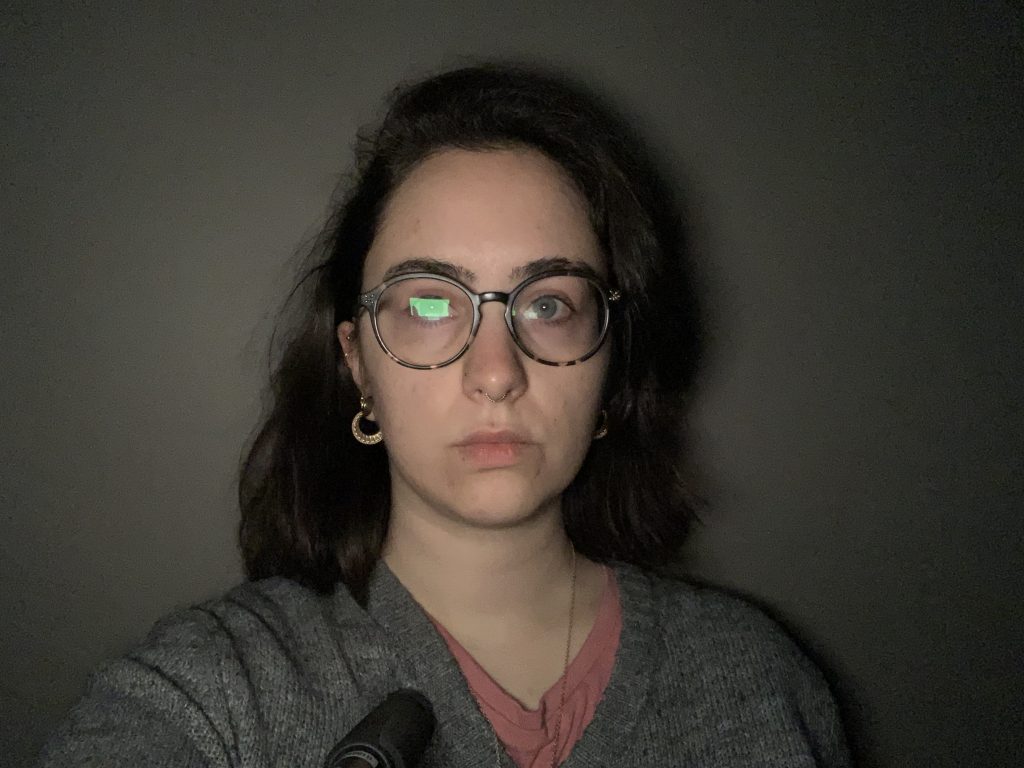


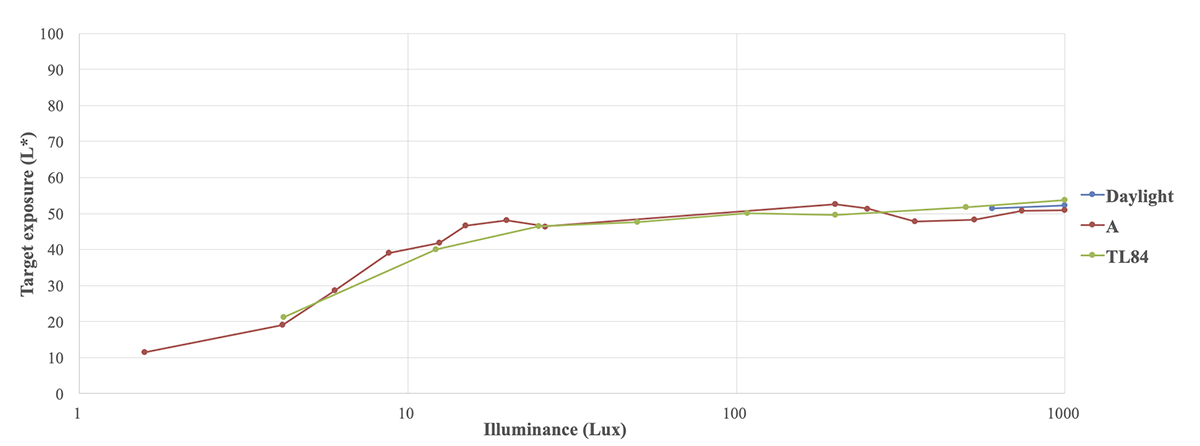
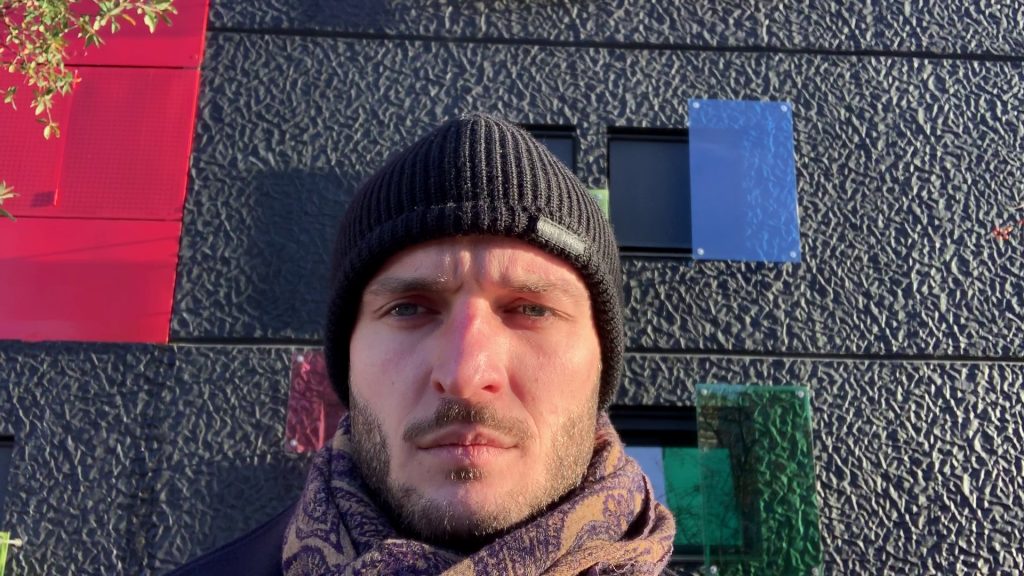
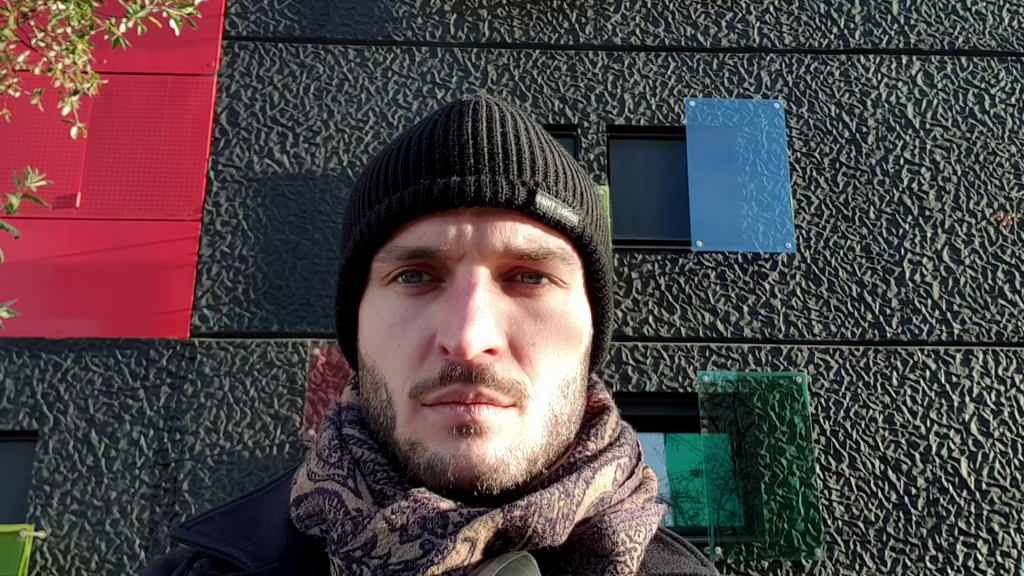

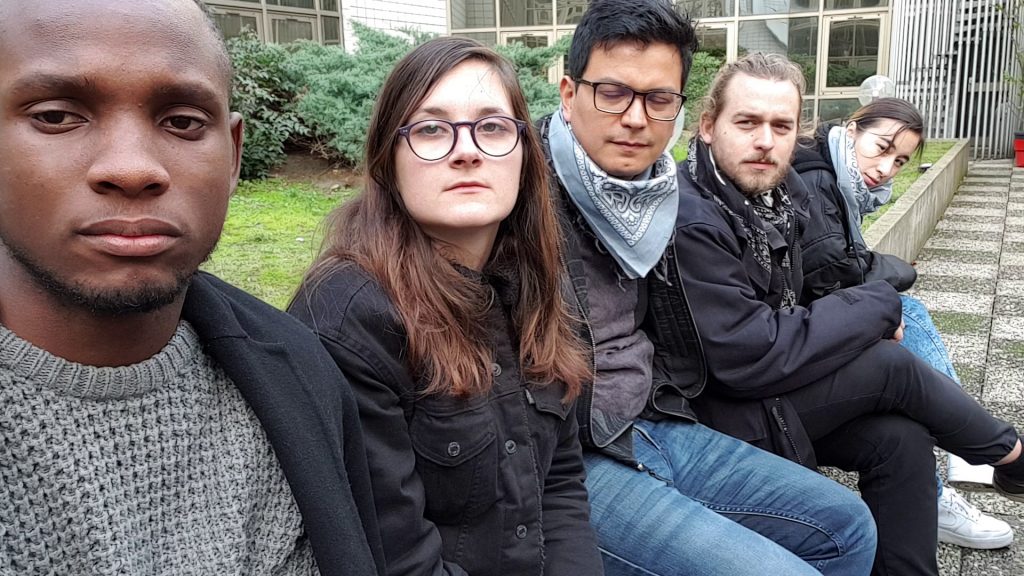
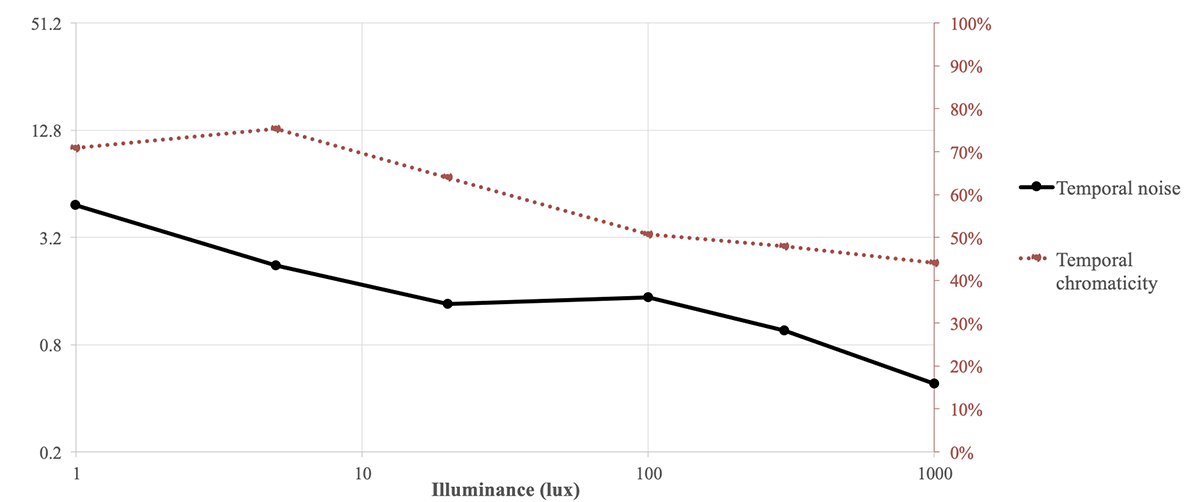
DXOMARK encourages its readers to share comments on the articles. To read or post comments, Disqus cookies are required. Change your Cookies Preferences and read more about our Comment Policy.